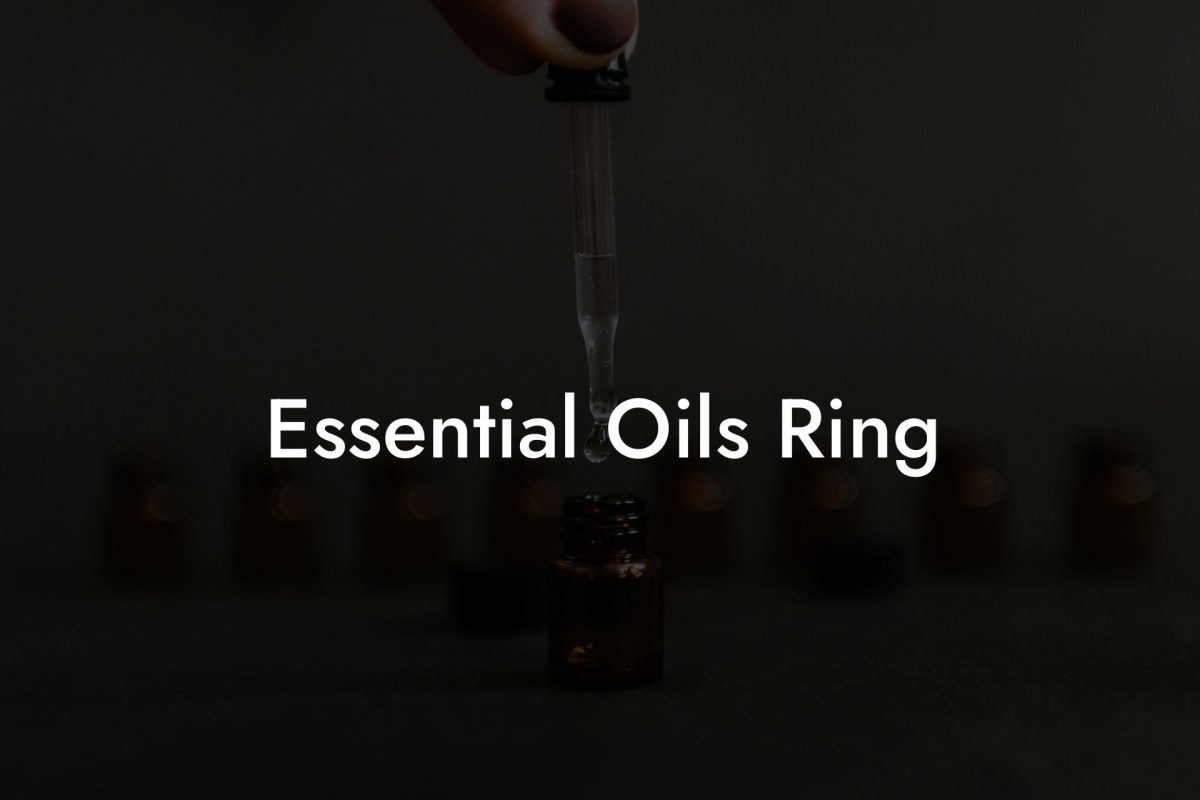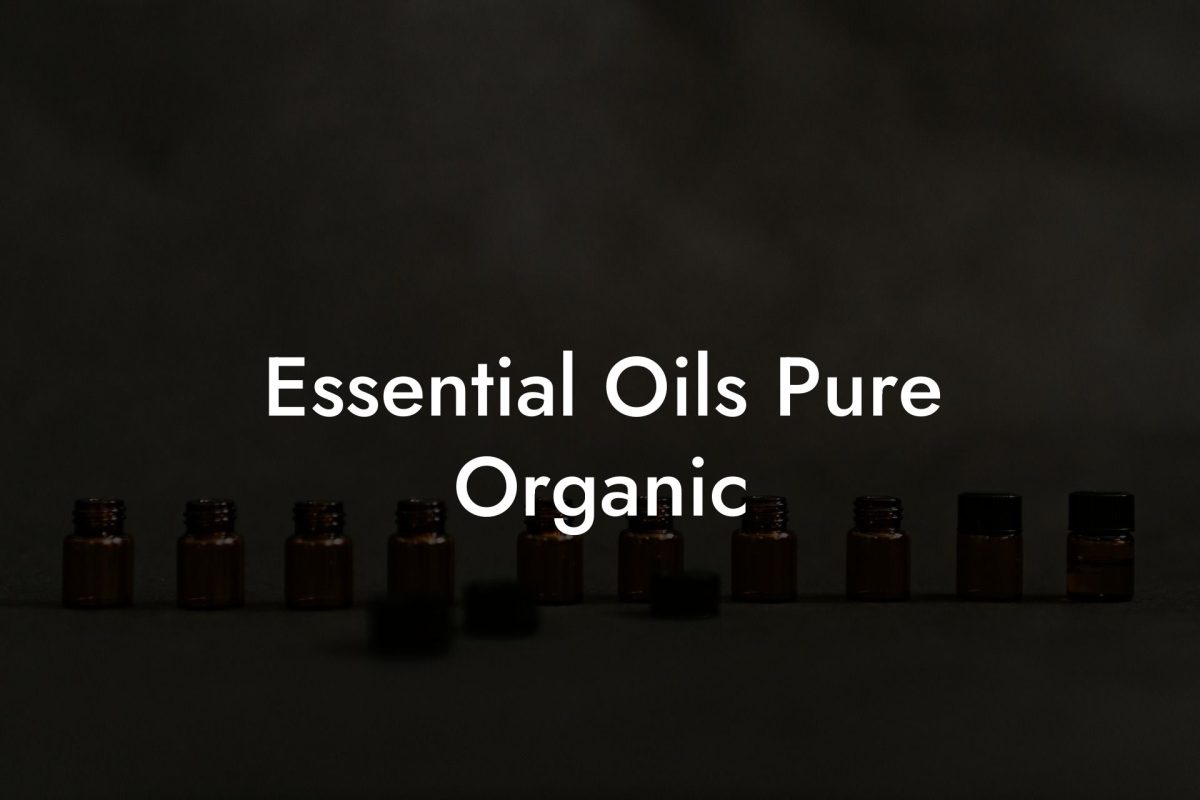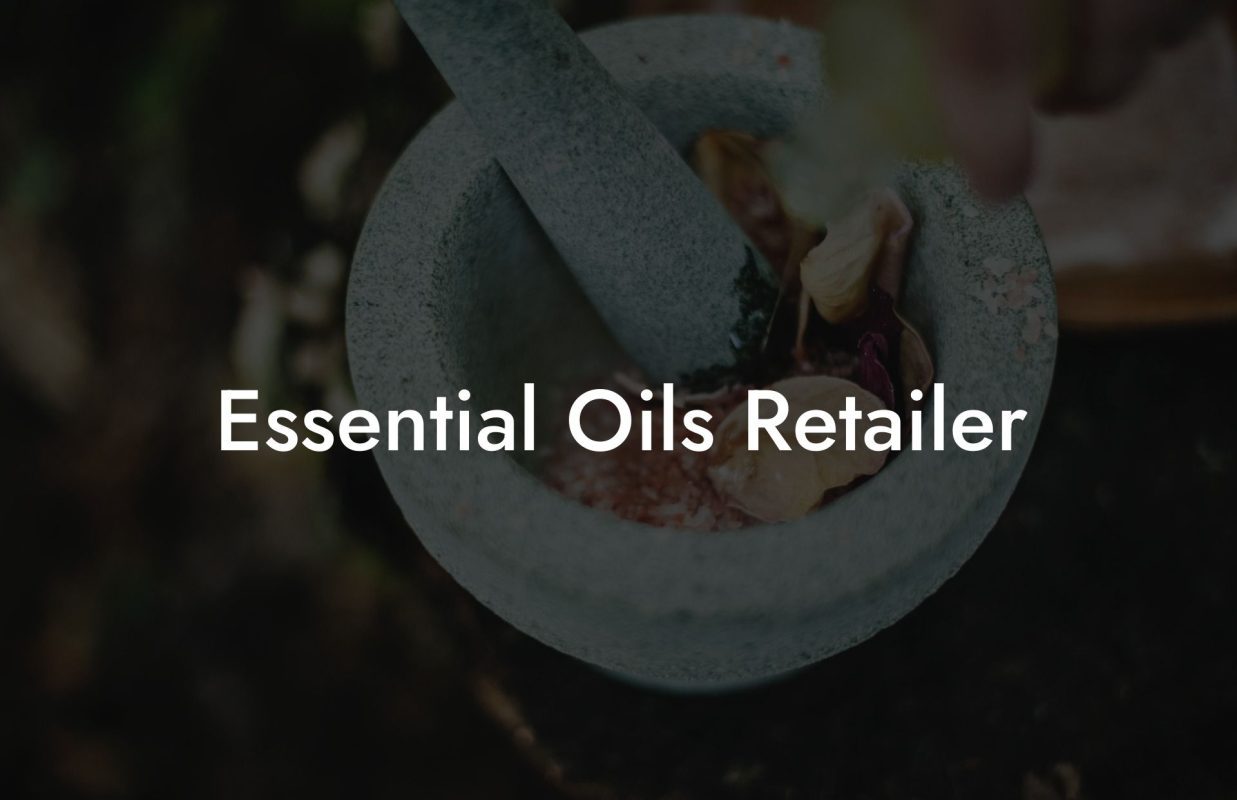Have you ever found yourself captivated by the scent of essential oils, wondering what makes them smell so intricate and inviting? These powerful natural extracts not only positively impact our wellbeing, but they also carry an array of smells that can evoke memories and emotions. Read on as we explore the world of essential oils and the fascinating factors that determine their unique scents.
Table of Contents
The Chemistry of Essential Oils
The fragrant properties of essential oils originate from their chemical composition. Consisting of various volatile organic compounds, terpenes, and other constituents, the chemical makeup of each oil influences its scent.
Terpenes
Terpenes are responsible for the majority of the flavors and aromas in plants. They are organic compounds coating the surface of plants, protecting them from herbivores and attracting pollinators. Terpenes play a crucial role in the scent profiles of essential oils, with some oils containing up to 200 different terpenes.
Other Constituents
Apart from terpenes, essential oils also consist of other components like ketones, oxides, esters, and aldehydes, each of which can impact the scent of an oil.
Why Do Essential Oils Smell Distinctly Different?
Plant Species
Various factors can affect the aroma of essential oils, with one major determining factor being the plant species. With thousands of plants producing oils, each plant species contains unique constituents, thus giving the essential oil its distinct scent.
Terrain and Environment
The terrain and environmental conditions in which a plant grows can also influence the oil’s aroma. Factors like altitude, temperature, rainfall, and soil composition can affect the plant’s chemical composition and, ultimately, the scent of the essential oil.
Harvesting and Extraction
When determining the fragrance of essential oils, harvesting and extraction methods also play a significant role. Harvesting at different times, whether it be at the beginning or end of a season, can lead to variations in the scent. Furthermore, different extraction methods such as steam distillation or cold pressing can impact the oil’s composition and result in unique aroma profiles.
Blending Essential Oils
Blending various essential oils can create unique and complex scent profiles by combining individual oil characteristics. By understanding the different groups or categories essential oils belong to, we can create better harmonies between the oils. Categories include floral, citrus, woody, herbal, and earthy.
Essential Oils Smell Example:
Imagine a blend that consists of lavender (a floral oil), sweet orange (a citrus oil), and sandalwood (a woody oil). Lavender’s calming floral notes complement sweet orange’s refreshing and uplifting citrus scent, while the woody, warm aroma of sandalwood grounds the blend. The resulting mixture is a synergistic aroma profile offering both relaxation and emotional balance.
Now that we’ve unraveled the mysterious world of essential oils and their captivating scents, it’s time to experiment and create your unique blends! Don’t forget to share this article with fellow essential oil enthusiasts, and explore the other valuable guides on Oshu Oils. The knowledge you’ve gained will not only enhance your understanding of aromacology but will also help you better appreciate the compelling fragrance profiles behind Oshu Oils’ exceptional range of artisan essential earth oils.





















